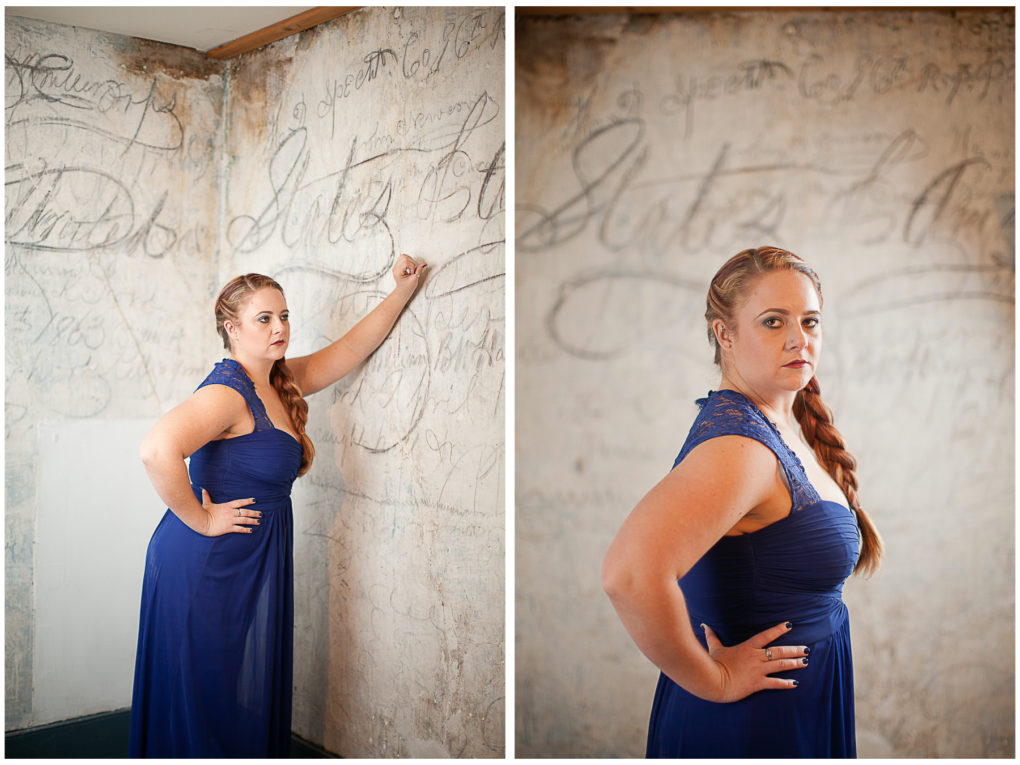One of the birthday silent auction sessions from 2015 was an adandoned places photo shoot.
Tarren and I looked at several locations for this shoot.
Some were not open to the public, some had been demolished.
One I turned down because it was too creepy and I decided that even though I do not believe in ghosts it is better to be safe then sorry.
Then I remembered driving by the grafitti house on my way to a wedding in Culpeper.
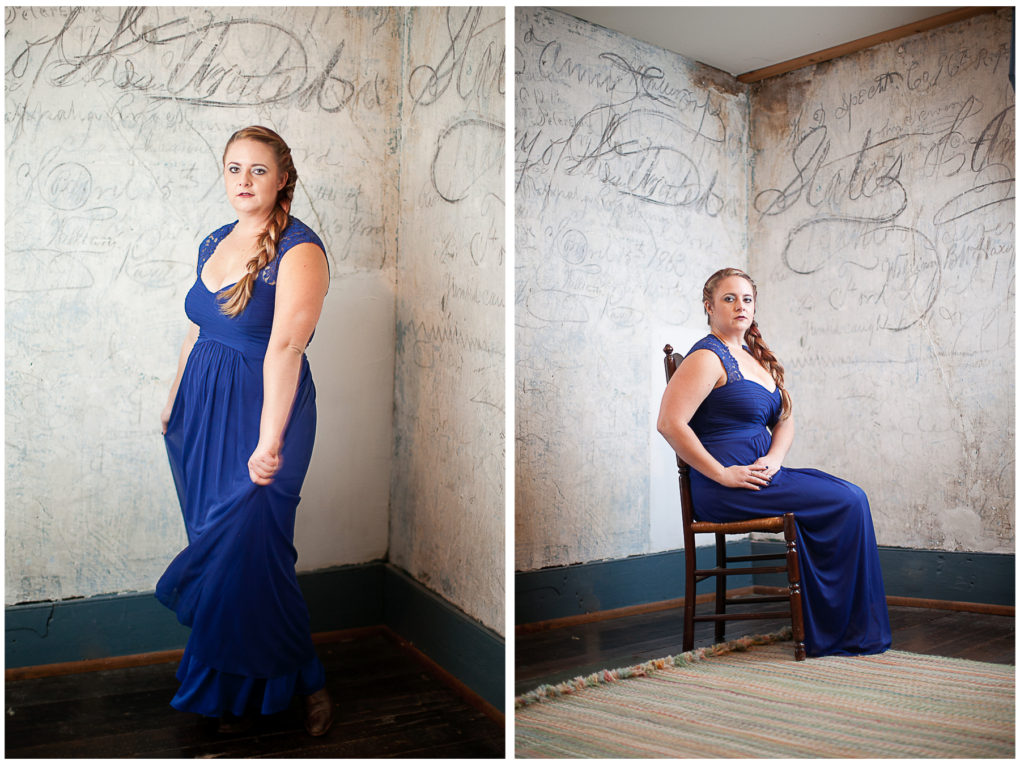 The house is believed to have been built in 1858.
The house is believed to have been built in 1858.
It is one of few dwellings in the village of Brandy Station built before the American Civil War to survive intact to this day.
The house is notable because of the Civil War era graffiti on many of the walls. The graffiti found includes names, drawings, names of units, and inscriptions left by soldiers.
The plaster walls on the second floor of the house are covered with an outstanding and unique collection of charcoal and pencil graffiti left by soldiers from both armies. In addition to their autographs, the soldiers drew elaborate pictures of men and women, and wrote inscriptions commemorating their units and their battles. After the war, the graffiti were painted and papered over and forgotten. The graffiti were rediscovered during a renovation in 1993. 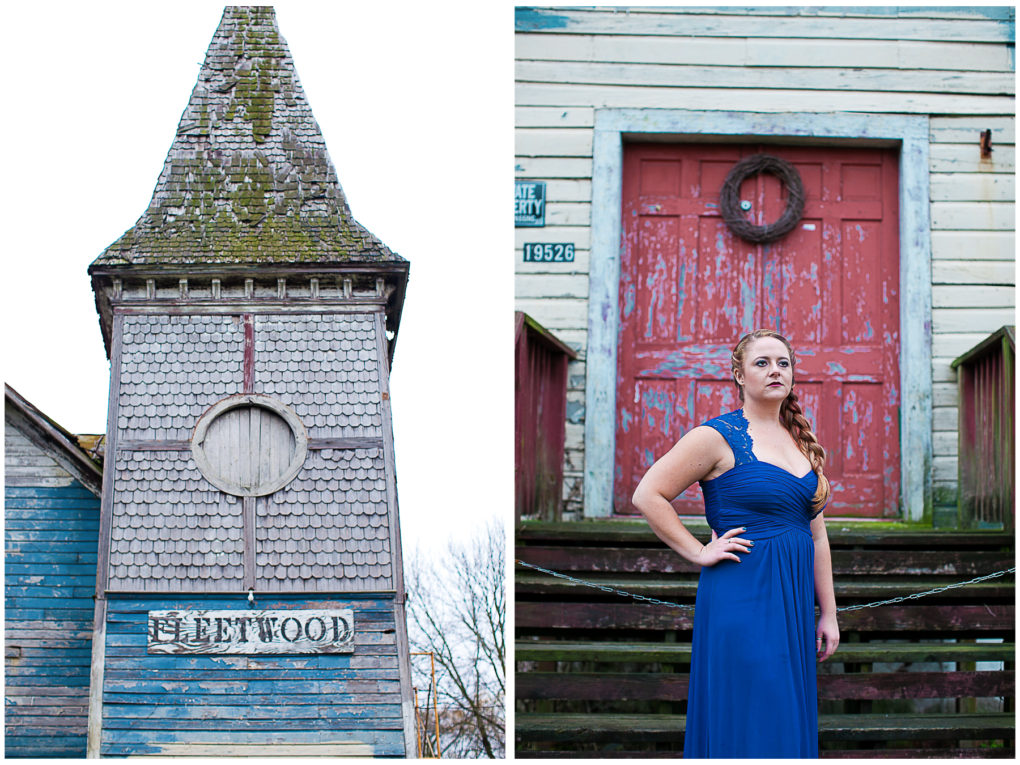 Because of its strategic location, the house was used extensively by both the Union Army and Confederate States Armythroughout the Civil War.
Because of its strategic location, the house was used extensively by both the Union Army and Confederate States Armythroughout the Civil War.
It was used as a field hospital by the Confederates during the Battle of Brandy Station and at other times when battles occurred in the area. It was probably used as a field hospital for wounded soldiers evacuated by train after the Battle of First Bull Run or First Manassas. The earliest known graffiti in the house date to the Second Manassas Campaign in August 1862, as the armies transited Culpeper County.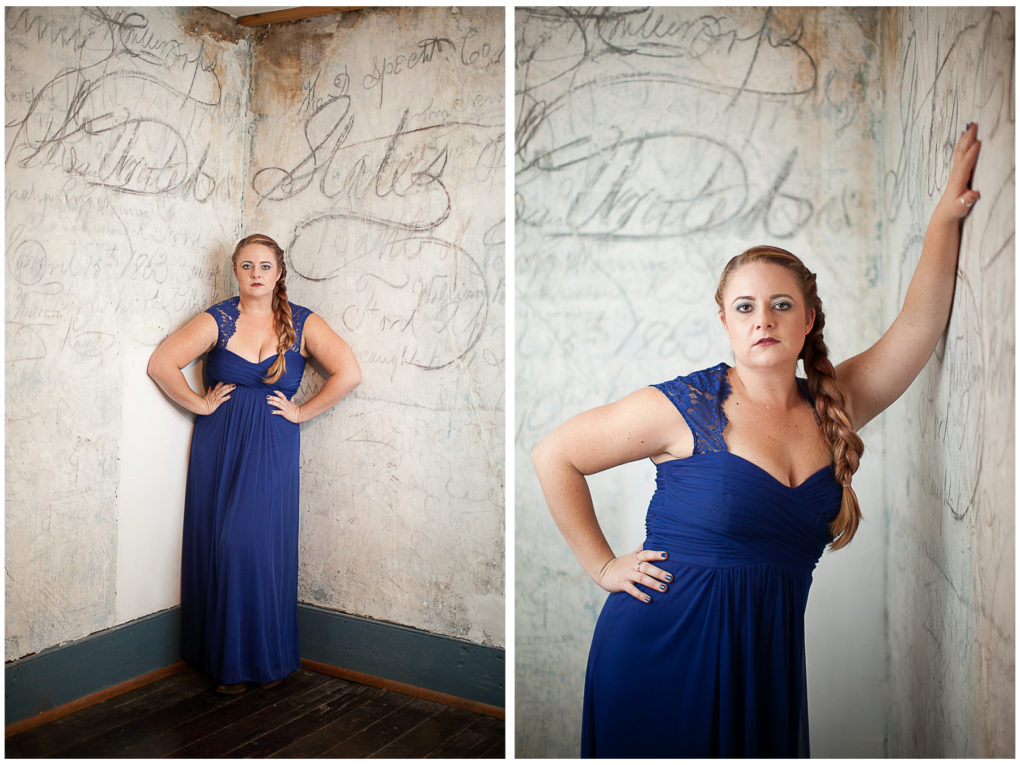 At the outset of the Gettysburg Campaign, the Battle of Brandy Station, the largest cavalry battle ever to take place in North America occurred on June 9, 1863 in the fields adjacent to the Graffiti House. After the fighting ended, the house was used as a Confederate field hospital. Later that year, Federal troops occupied the building when the Army of the Potomac camped in Culpeper County during the winter of 1863-64.
At the outset of the Gettysburg Campaign, the Battle of Brandy Station, the largest cavalry battle ever to take place in North America occurred on June 9, 1863 in the fields adjacent to the Graffiti House. After the fighting ended, the house was used as a Confederate field hospital. Later that year, Federal troops occupied the building when the Army of the Potomac camped in Culpeper County during the winter of 1863-64.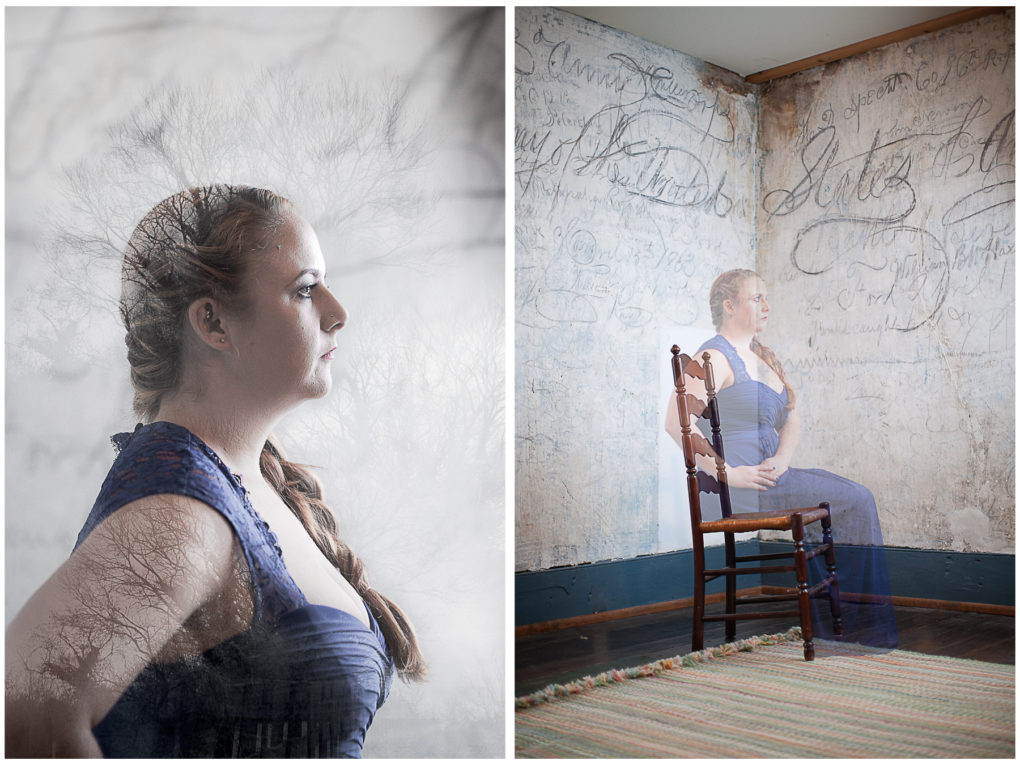 The grafitti house and the church next door were the perfect backdrop for this session.
The grafitti house and the church next door were the perfect backdrop for this session.
